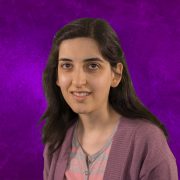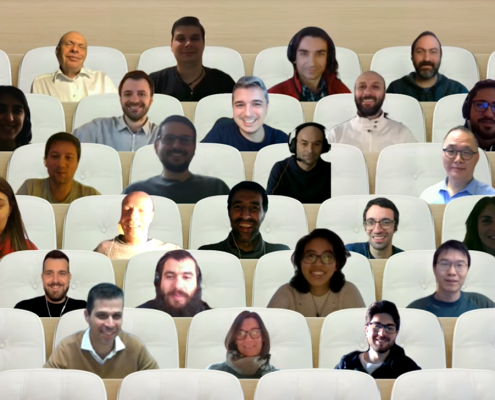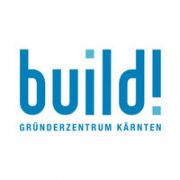NOSSDAV’21: The 31st edition of the Workshop on Network and Operating System Support for Digital Audio and Video
Sept. 28-Oct. 1, 2021, Istanbul, Turkey
Conference Website
Authors: Babak Taraghi (Alpen-Adria-Universität Klagenfurt), Abdelhak Bentaleb (National University of Singapore), Christian Timmerer (Alpen-Adria-Universität Klagenfurt, Bitmovin), Roger Zimmermann (National University of Singapore) and Hermann Hellwagner (Alpen-Adria-Universität Klagenfurt)
Abstract: Adaptive BitRate (ABR) algorithms play a crucial role in delivering the highest possible viewer’s Quality of Experience (QoE) in HTTP Adaptive Streaming (HAS). Online video streaming service providers use HAS – the dominant video streaming technique on the Internet – to deliver the best QoE for their users. Viewer’s delightfulness relies heavily on how the ABR of a media player can adapt the stream’s quality to the current network conditions. QoE for end-to-end video streaming sessions has been evaluated in many research projects to give better insight into the quality metrics. Objective evaluation models such as ITU Telecommunication Standardization Sector (ITU-T) P.1203 allow for the calculation of Mean Opinion Score (MOS) by considering various QoE metrics, and subjective evaluation is the best assessment approach in investigating the end-user opinion over a video streaming session’s experienced quality. We have conducted subjective evaluations with crowdsourced participants and evaluated the MOS of the sessions using the ITU-T P.1203 quality model. This paper’s main contribution is subjective evaluation analogy with objective evaluation for well-known heuristic-based ABRs.
Keywords: HTTP Adaptive Streaming, ABR Algorithms, Quality of Experience, Crowdsourcing, Subjective Evaluation, Objective Evaluation, MOS, (ITU-T) P.1203









